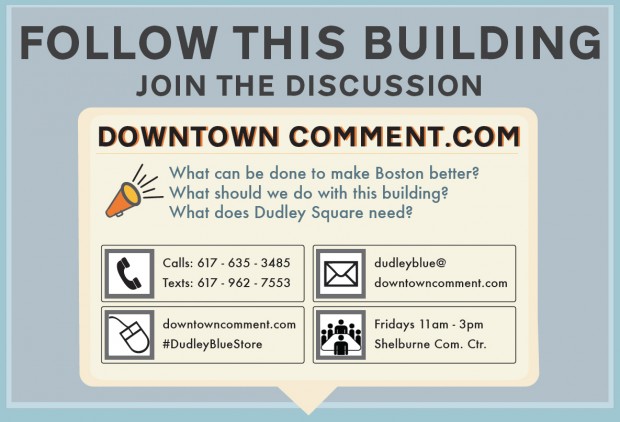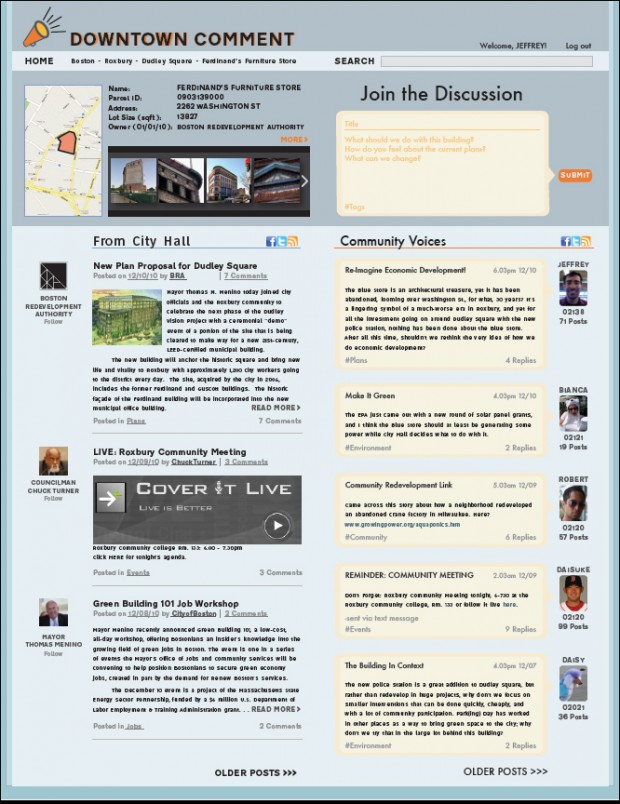Networked Urbanism
design thinking initiatives for a better urban life
apps awareness bahrain bike climate culture Death design digital donations economy education energy extreme Extreme climate funerals georeference GSD Harvard interaction Krystelle mapping market middle east mobility Network networkedurbanism nurra nurraempathy placemaking Public public space resources Responsivedesign social social market Space time time management ucjc visitor void waste water Ziyi
Sometimes it is easy to imagine we have all the world’s knowledge at our fingertips, and that this access makes our lives, and our cities, fundamentally better. In reality, this has proven both maddeningly true and frustratingly false, not just because of the overwhelming volume available, but because the inequities of the network can connect us without the ability to empower us. Information is supposed to break down barriers, to create new urban worlds, and yet it can just as easily reinforce the flawed and the unjust cities of the past.
Nowhere is this more clear than in the public participation process of local governments. As a public agency, all the information within City Hall is, by extension, public knowledge, yet without the tools, expertise, and – it can be argued – the will to make this information available, understandable, and usable, the participation process will remain deeply flawed. This information asymmetry fuels a system that is mutually distrustful where it should be mutually beneficial: residents, lacking data to organize, cannot be expected to comment thoughtfully on a given topic, thus leading city officials to discount public input. Residents’ frustration at being inadequately heard soon leads to apathy, and the entire system collapses.
Downtown Comment attempts to open the process of participation by redesigning the information architecture of local governments, both virtually and through physical interventions in urban space. More than anything, Downtown Comment – and any other work in public participation – should be answering the simple question, “As a resident, where do you go with a good idea?”
Think about that: Where do you go? And how do you know your idea has meant anything? I do not mean to be flippant about complex problems, but most people, even professional planners, cannot answer those questions. Even in an era of complete communication, of cheap storage and data movement, and mobile penetration, cities still rely on public meetings to gather a community’s mood. Downtown Comment is designed to be better, to push urban information into the present.
The centerpiece of Downtown Comment is a map-based web interface, part data visualization tool, part open blog. On a typical city website, the most important information about a location – the current plan, zoning, inspection reports, etc. – are scattered across dozens of pages, rendering it impossible to get the whole picture. On Downtown Comment, all this information is aggregated in one simple window. In this way, local government must, in order to act in good faith, accept the onus of gathering information for dissemination, and for presenting this information simply and effectively. (Behind the scenes, the act of creating this comprehensive database could force quality standards on the byzantine bureaucracy, which could lead to other efficiencies.)
Below this section are two columns of blog-roll style updating commentary, the city’s updates on the left, and the public’s comments on the right. For the city, their column acts as a place to post updates to a location’s plan, news, minutes from relevant meetings, polls, videos, and any other bit of information that local government generates on a daily basis. Data storage is unbelievably cheap, and yet cities act as if information cannot be stored without expiring, and in doing so, eliminates the opportunity to chart their own progress. Because residents cannot see the discussions that led to contemporary outcomes, there is no way to judge the legitimacy of politicians’ claims, or to avoid the same pitfalls of previous residents. Though seemingly mundane, a simple record of zoning or planning decisions can be an immediately powerful tool in describing unfulfilled promise – how many public projects have had their completion dates inexplicably changed without communicating the reason? By having an updated roll of the city’s actions, Downtown Comment makes local governments look more competent while aiding residents’ recognition of all the work that goes into running a urban landscape.
To the right of the city’s section is the community voice, a parallel blog of public commentary. Currently, when you go to a public meeting (assuming you know when it is, what it is about, and can make it) and you take a stand on an issue and explain your point, where does it go? In Boston, you can write and call and email City Hall, you can attend your meetings, but where is the record, where is the paper-trail? And if I wanted to know what people felt about a project six months ago, how would that happen? Downtown Comment’s community voice column is designed to solve these problems; by cataloging discussion, it takes a snapshot of opinion, both for immediate action and long-term understanding.
Public participation cannot imply exist as a website; it must live and function in the city itself. Downtown Comment’s physical presence is a series of signs, to be placed on buildings of importance, that explain all the various ways to comment on the planning agenda. Labeled “Follow This Building,” each sign gives a variety of options for commenting, then, later, whenever, wherever, on this specific matter. Besides the website, simple voice-to-text, SMS, and email-to-post options connect the user with the website, transforming their form of participation into the standard.
Ultimately, the goal of Downtown Comment is to enable residents and local governments to construct new and better plans with all the information available. Cities have failed to appreciate how a more useful participation process legitimizes planning decisions, better addresses the needs of citizens, and lets citizens understand what can and cannot be expected of their government. In an age where data, data storage, and mass communication are both cheap and expansive, the tools for the next innovation have never been easier to obtain. Information can be a two-way flow across the built environment; let’s use all our knowledge to move us forward.
As a planner, I recognize that my field tends towards the conservative; we deal with the doable, the implementable, while the architects can philosophize and publicize. I strongly believe that if we were to embrace technology, and the possibilities that exist in connecting institutions to citizens, we can imagine a new city that is more responsive, more honest, and, hopefully, more meaningful.

